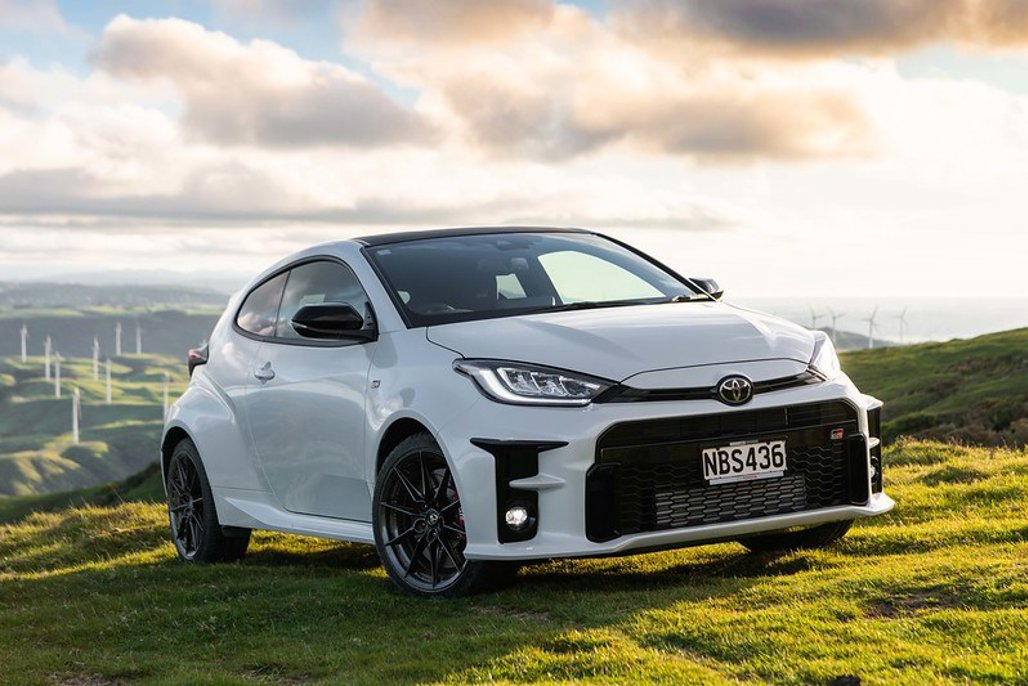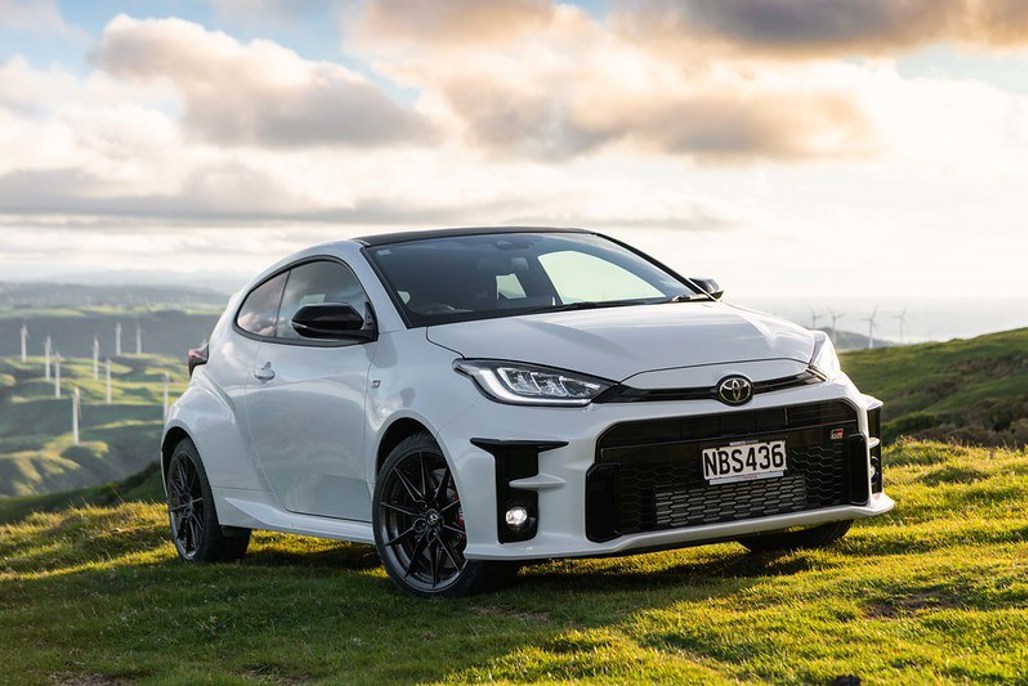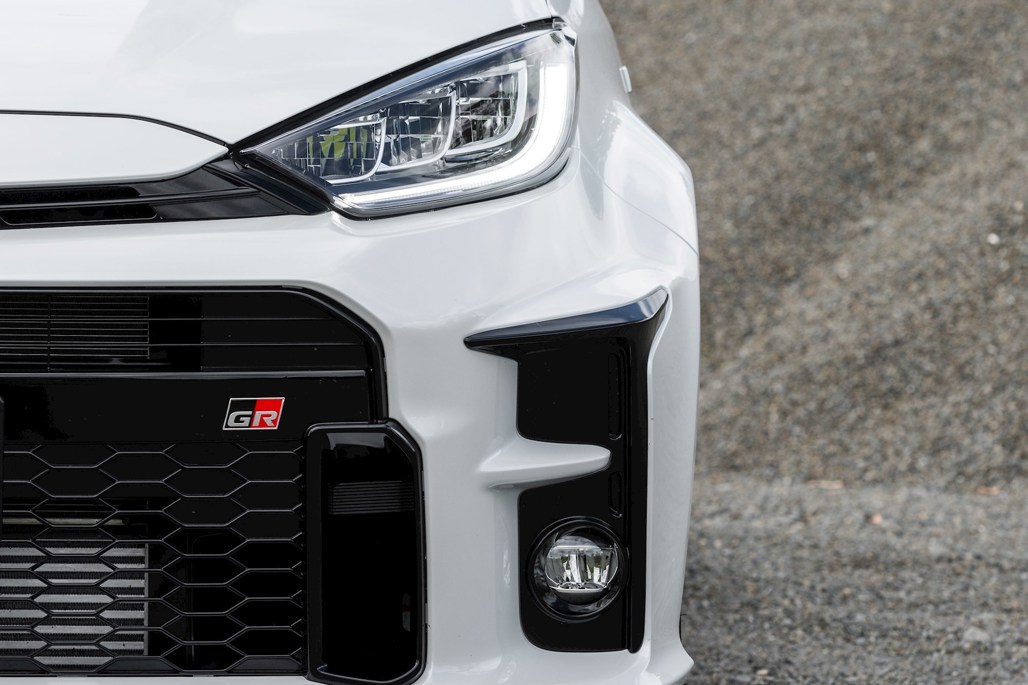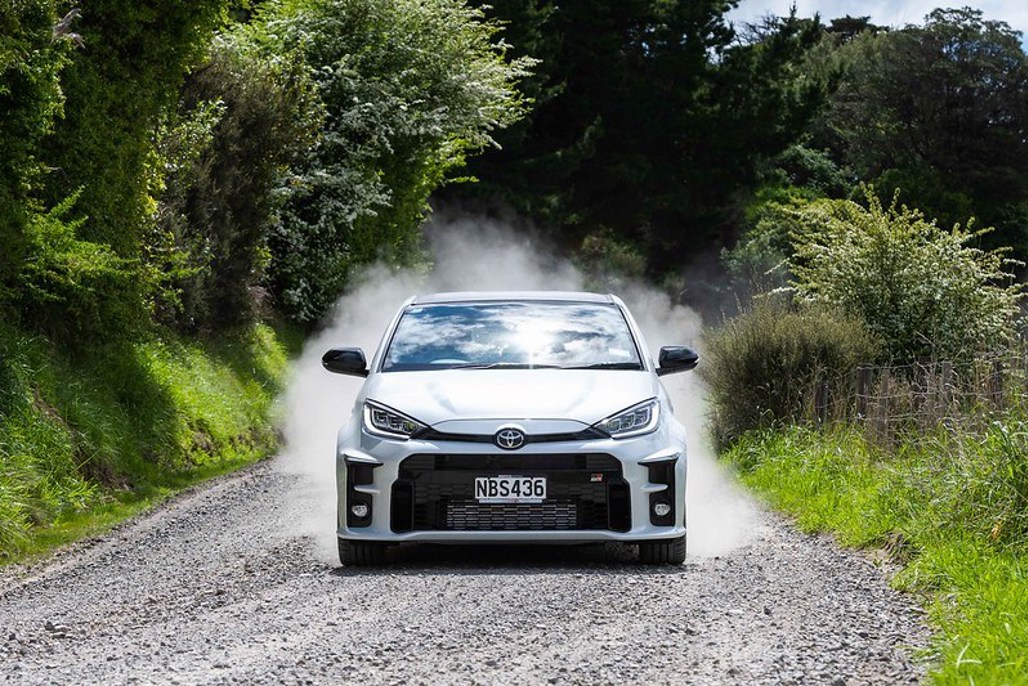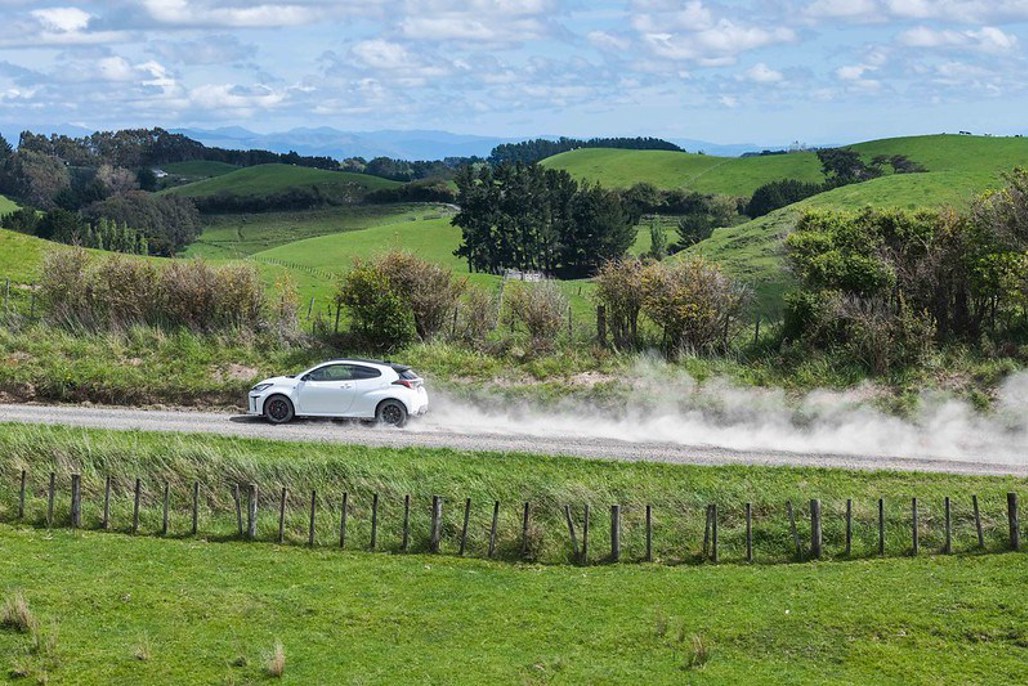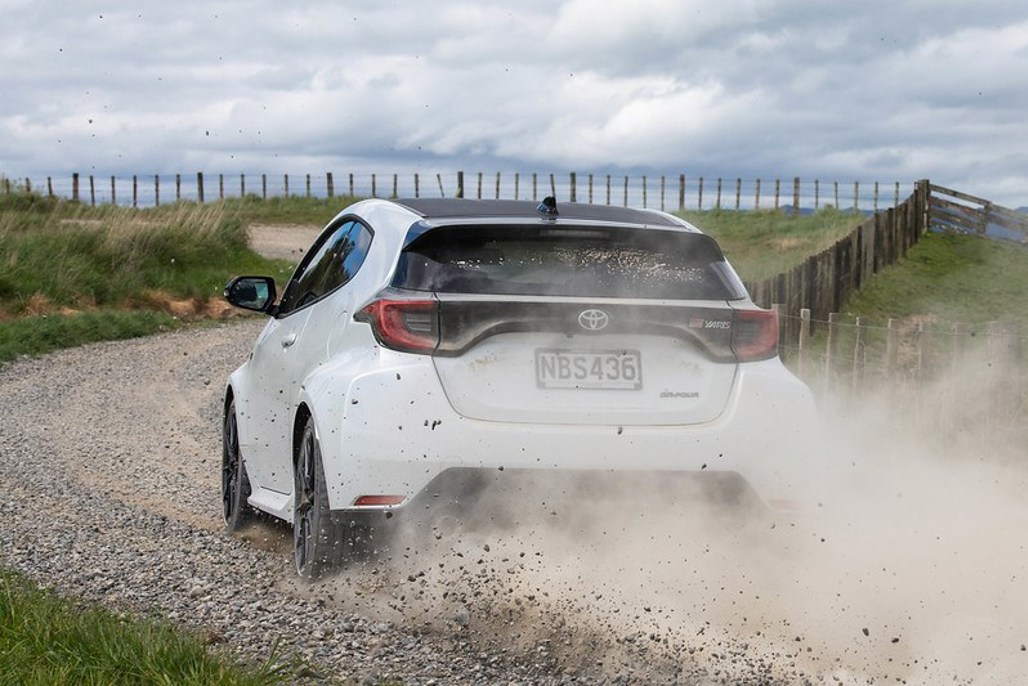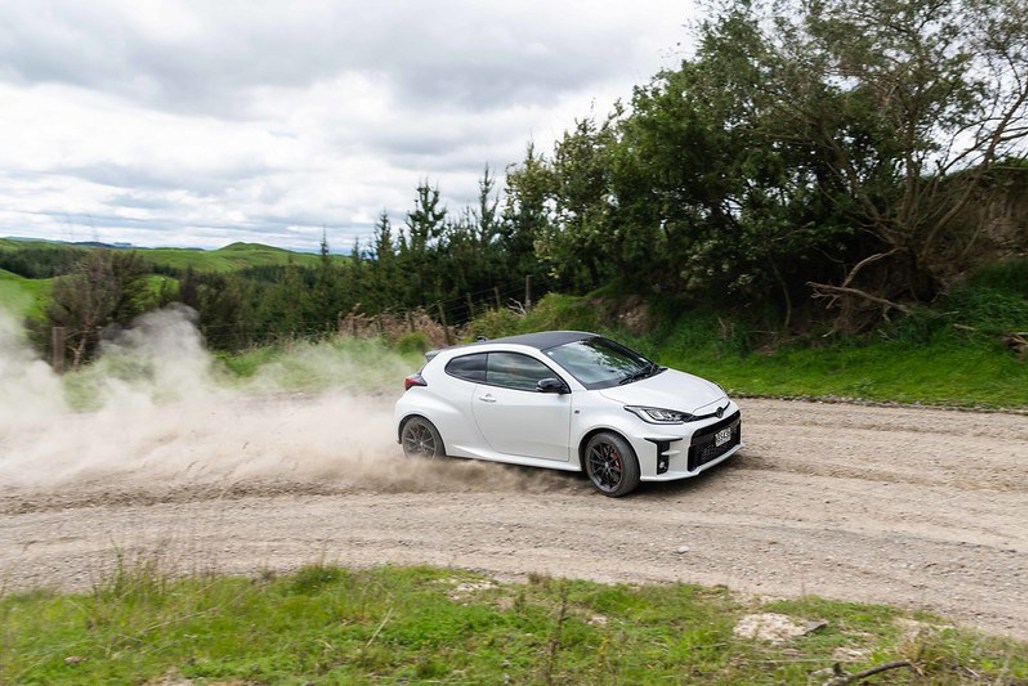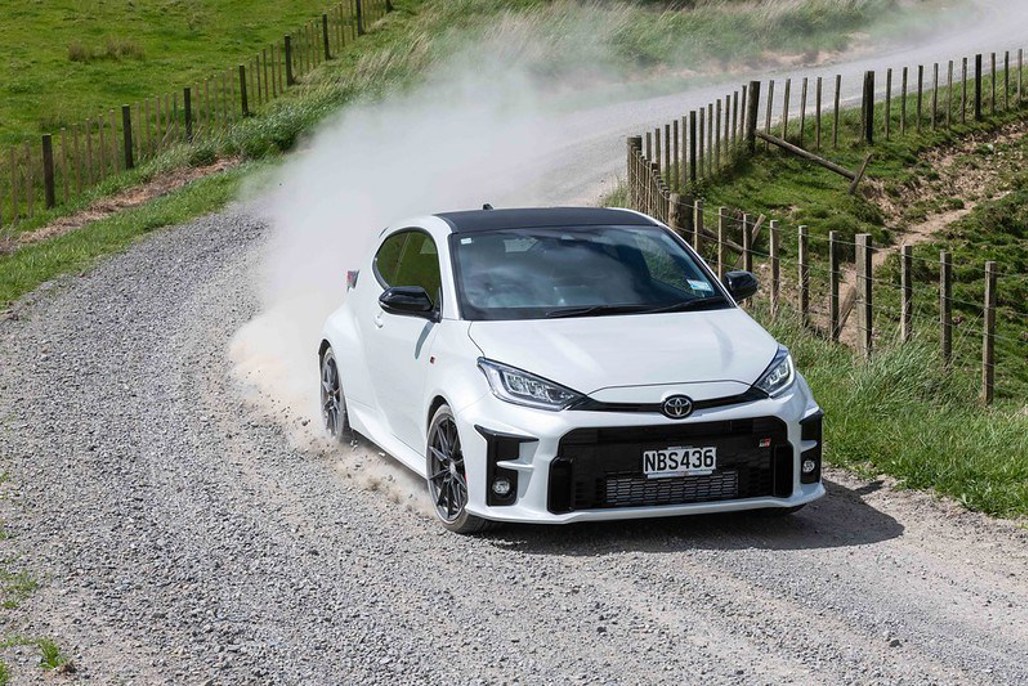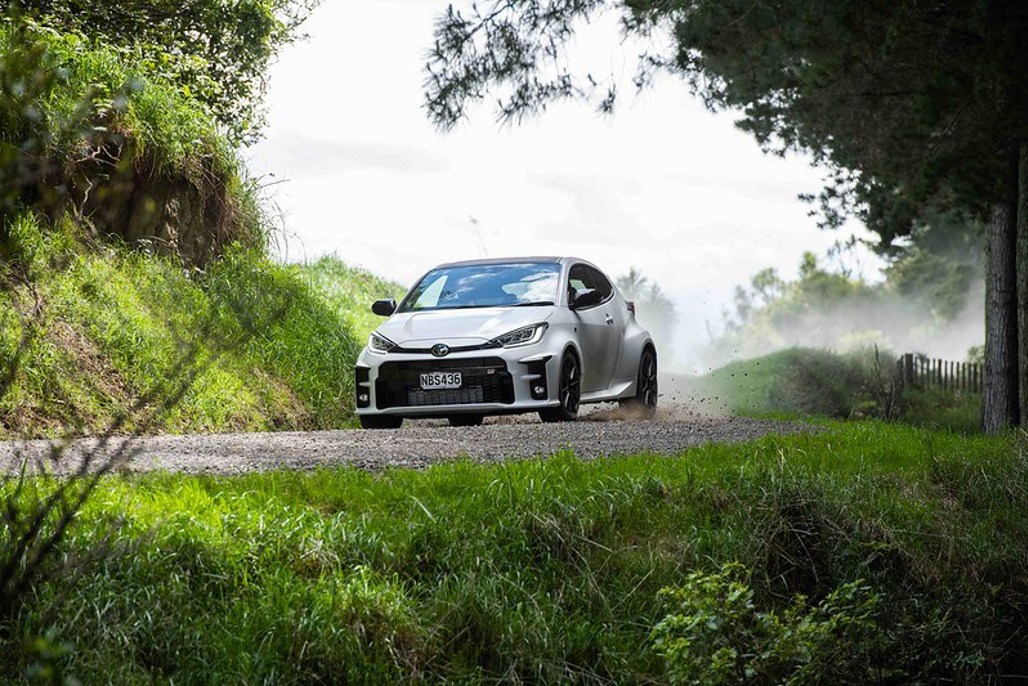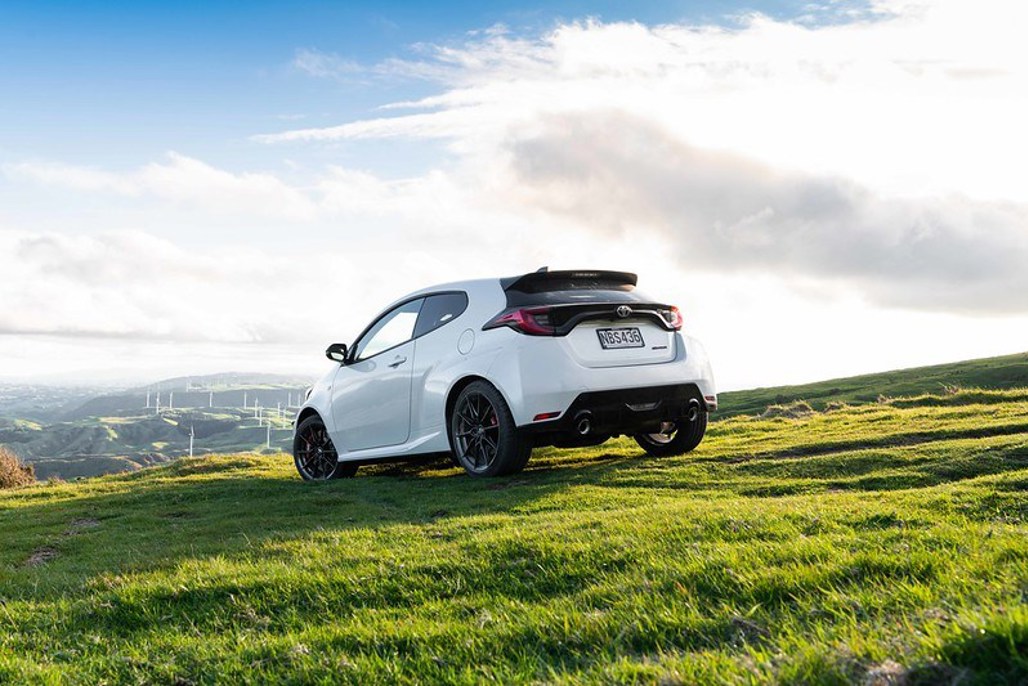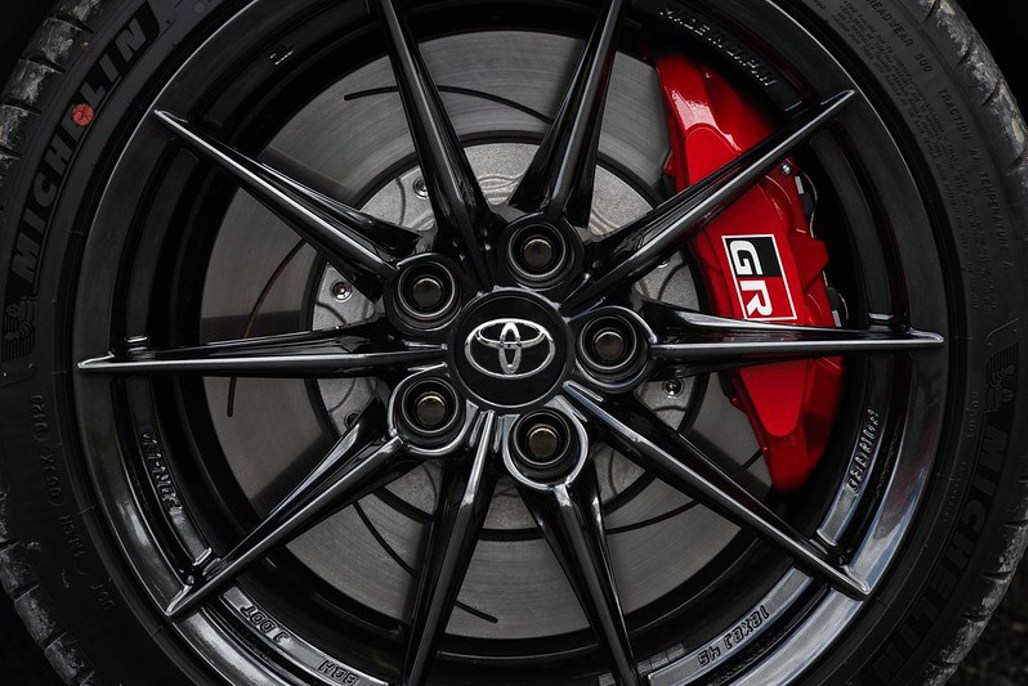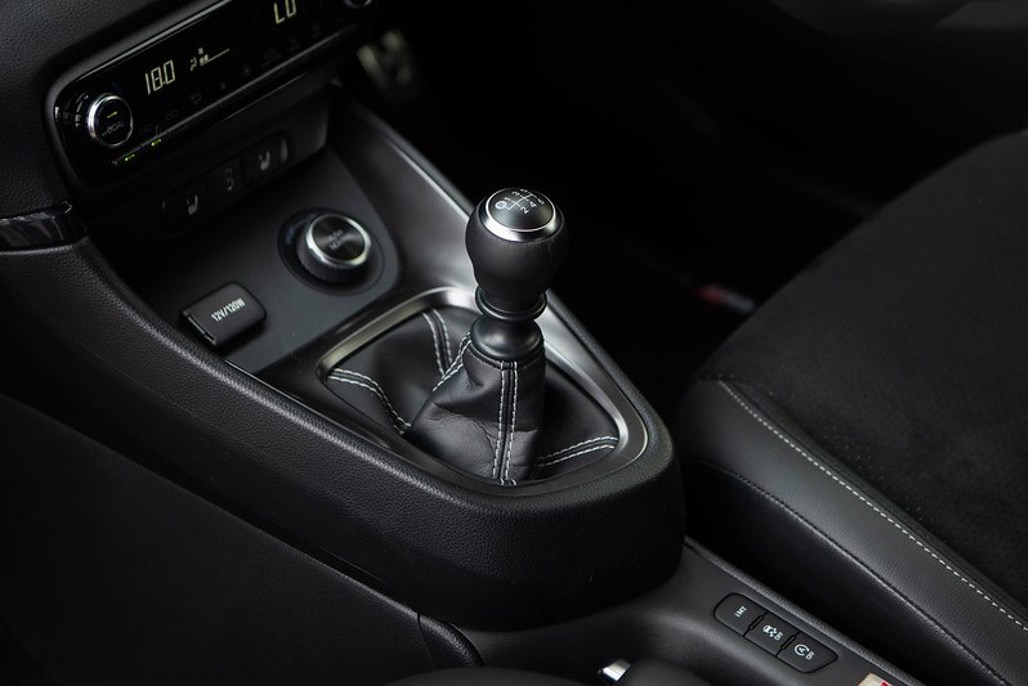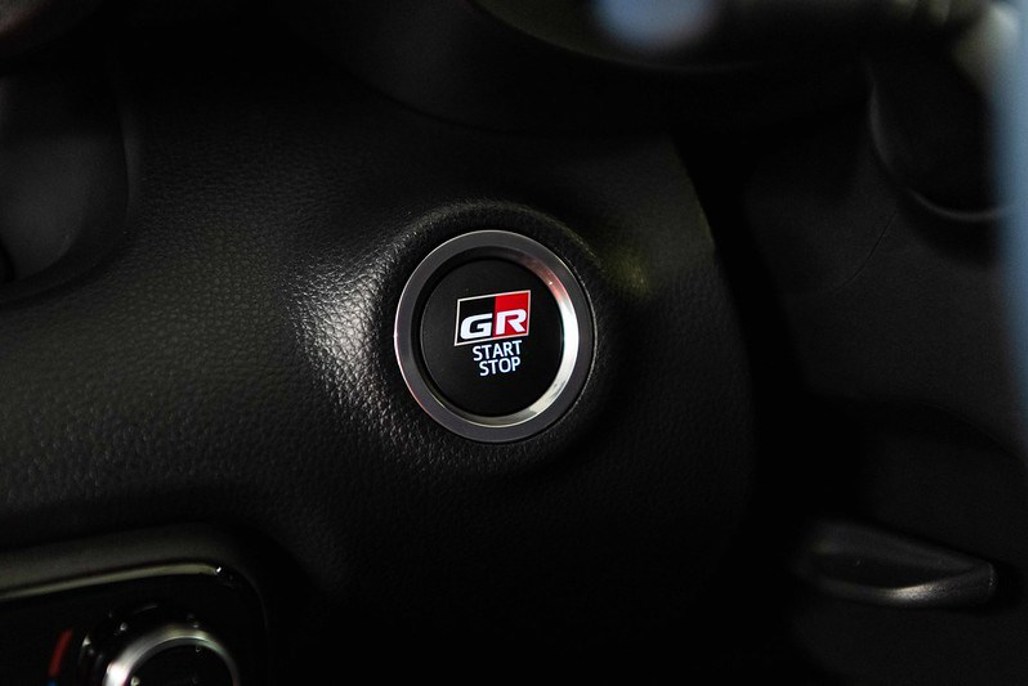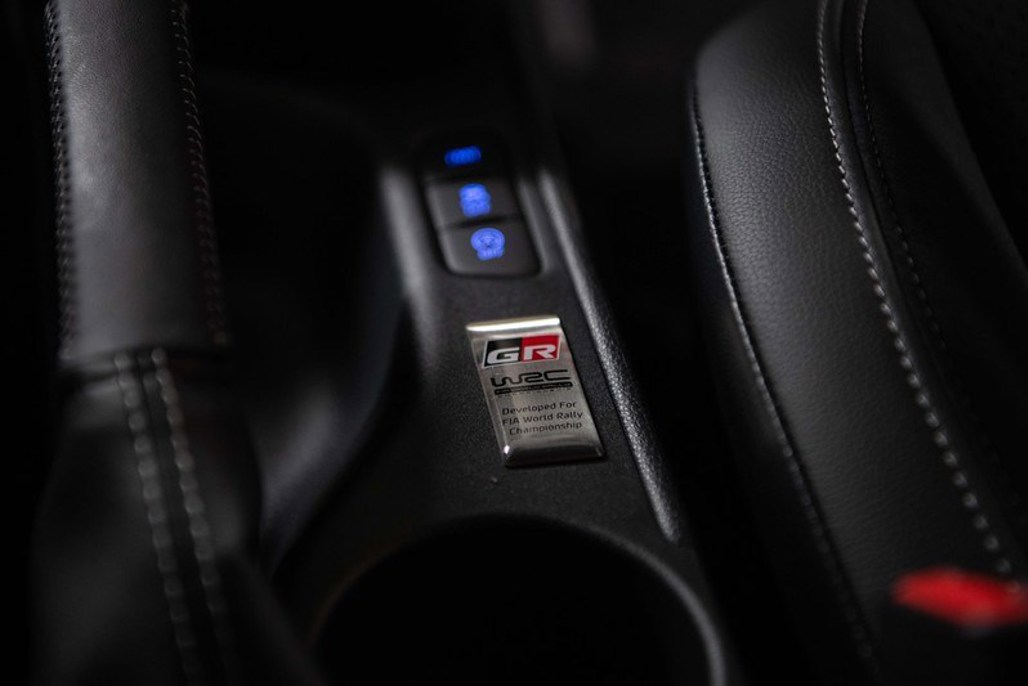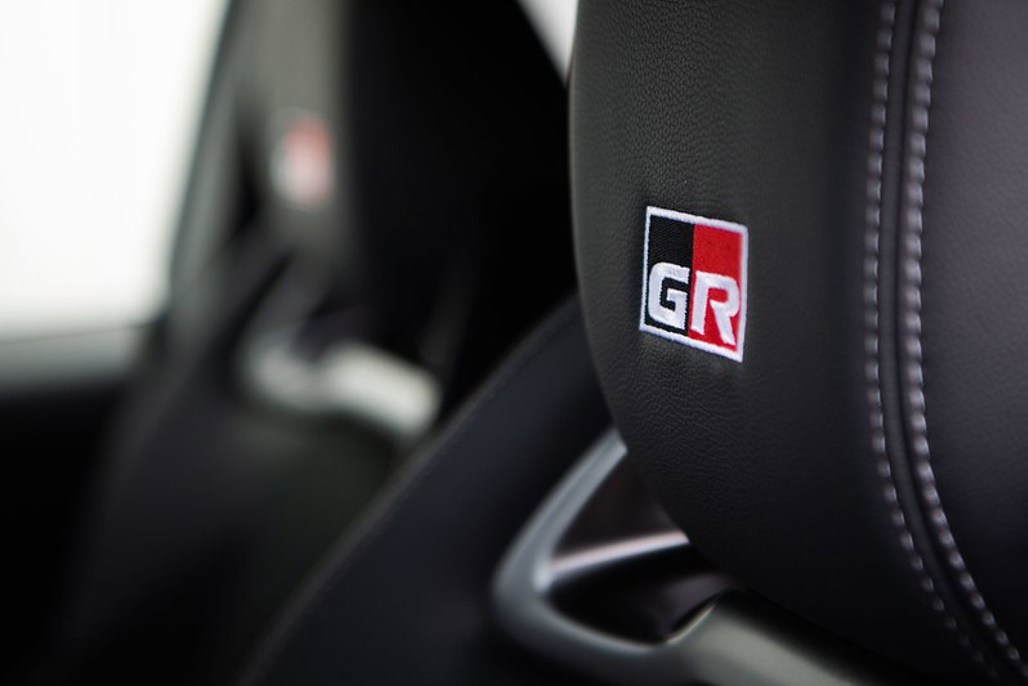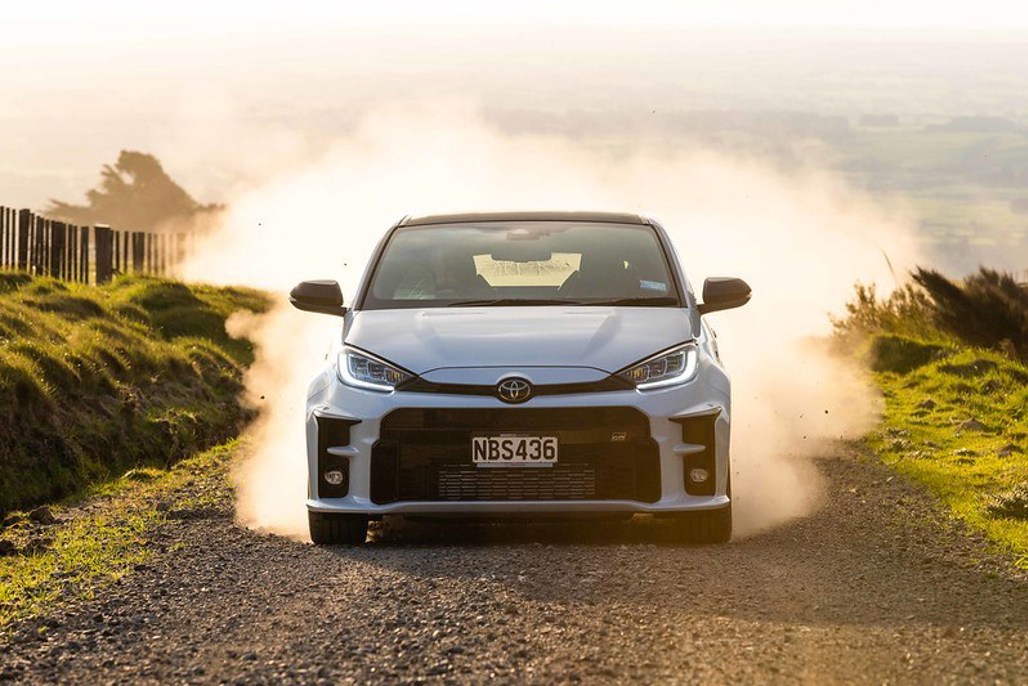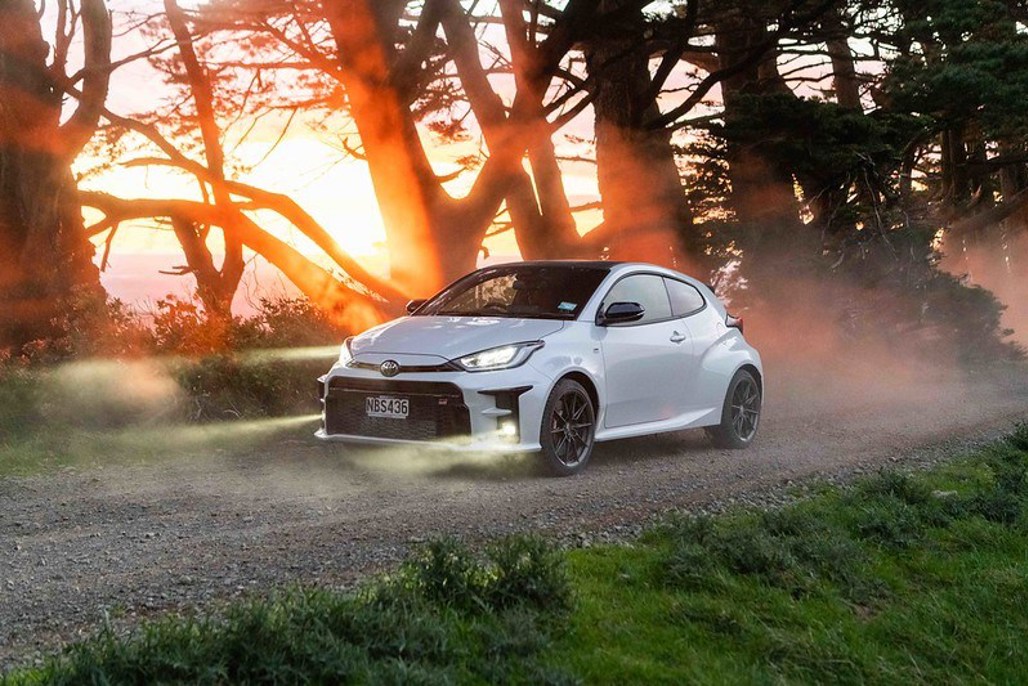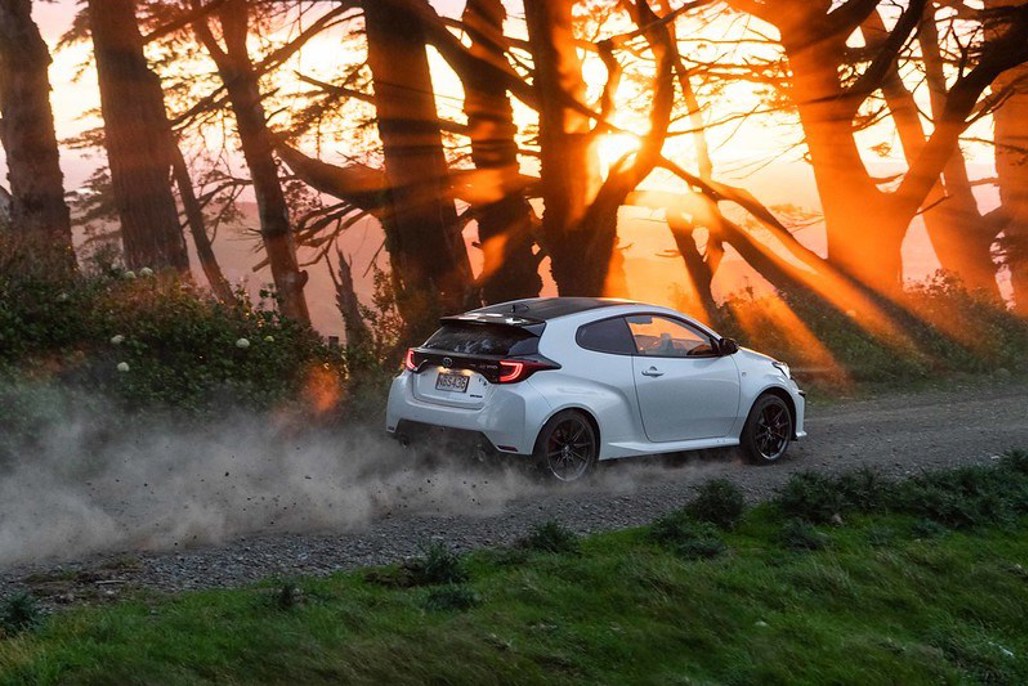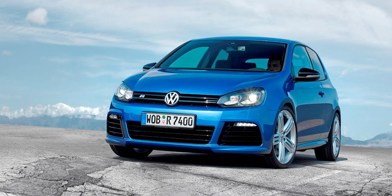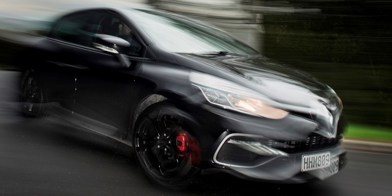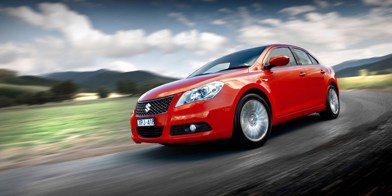As I’m sure you know, a “homologation” car is a production model that must be produced and sold in real showrooms to real people in order for a brand to compete in certain types of motorsport.
So if a maker wants to do really well in the sporting stuff, the key is to build an awesome roadgoing machine with as much racing DNA as possible from the start. That’s exactly what Toyota did with the Gazoo Racing (GR) Yaris.
The GR Yaris was created to meet World Rally Championship (WRC) regulations. It’s Toyota’s idea of the ultimate hot hatch because it’s a car that’s been designed specifically to go out and beat the rest of the world over wild roads. The WRC team was hands-on with the production model, led by a bloke called Tommi Makinen; you might have heard of him.
Funny thing is, the WRC machine that was to be spawned from the GR Yaris never happened. Covid-19 got in the way and the project was scrapped in the middle of last year. So the team is still running its current machine for 2021, based on the previous-generation Yaris body shell.
Some of that GR Yaris work will still no doubt flow through to Toyota’s WRC 2022 contender, but it won’t be the same thing because the Rally1 regulations will be very different: hybrid power and spaceframe construction, for example.
So you could call this a waste of time from a WRC point of view. But there’s much more to the GR Yaris than that. It’s the first tangible step on a path Toyota GR is taking to make properly motorsport-influenced performance cars for enthusiast buyers.
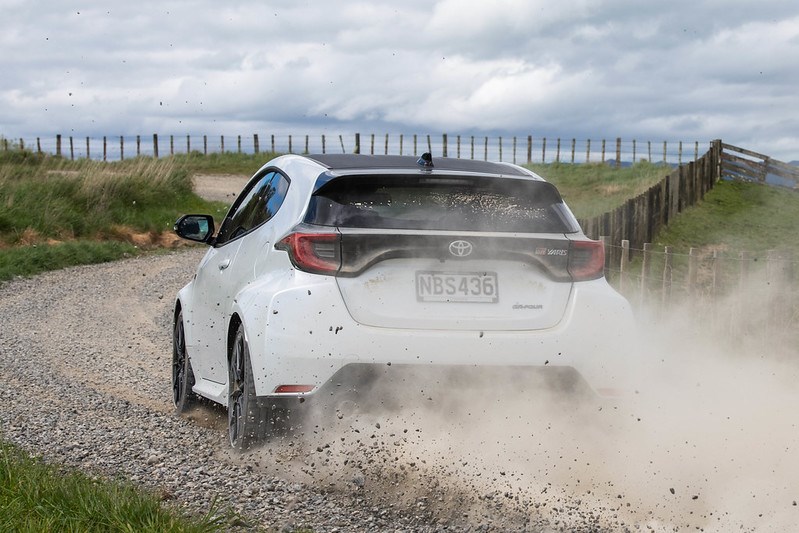
This is a really important hero model for Toyota’s road-car business. The brand has been focused on making its mainstream cars much more interesting over the past decade, but to deliver a clean-sheet rip-snorting hot-hatch that goes straight into the big leagues is a real one-two punch.
It’s a unique proposition. Established 200kW-ish hot hatches like the Ford Focus ST, Honda Civic Type R, Hyundai i30 N and Renault Megane RS are a size larger and heavier than the 1280kg Toyota. They’re also all FWD, whereas the GR Yaris has a trick GR-Four AWD system that you can configure according to the degree of bad behaviour you want to indulge in.
Aside from the size and weight thing, there’s another fundamental difference between the inveterate hot-hatches and GR Yaris: they’re derived from existing mainstream models, while the Toyota is a bespoke creation.
So the Toyota is both more focused and less practical/comfortable. Yes, it has all the usual Toyota driver-assistance stuff like adaptive cruise and it’s very parkable because it’s supermini-sized. But the secondary ride is pretty busy on urban roads and it’s not a car for back-seat passengers because the roofline is 55mm lower than the Yaris hatch. Legend has it that Makinen wanted it even more truncated, but Toyota said no – this car had to have back seats. And it does… but it still can’t play family car like its rivals.
But boy, can it play. The New Zealand model has 200kW and comes as standard with the Circuit Pack, which includes stiffer springs, dampers and roll bars (hence the firm ride), lightweight forged 18-inch wheels, Michelin Pilot Sport 4S tyres and Torsen limited-slip differentials front and rear.
The rorty three-cylinder engine is unique to this model, the platform is half-Corolla and the only bits carried over from the standard Yaris on the outside are the headlights and door mirrors. The roof is carbon fibre, the bonnet, doors and tailgate aluminium.
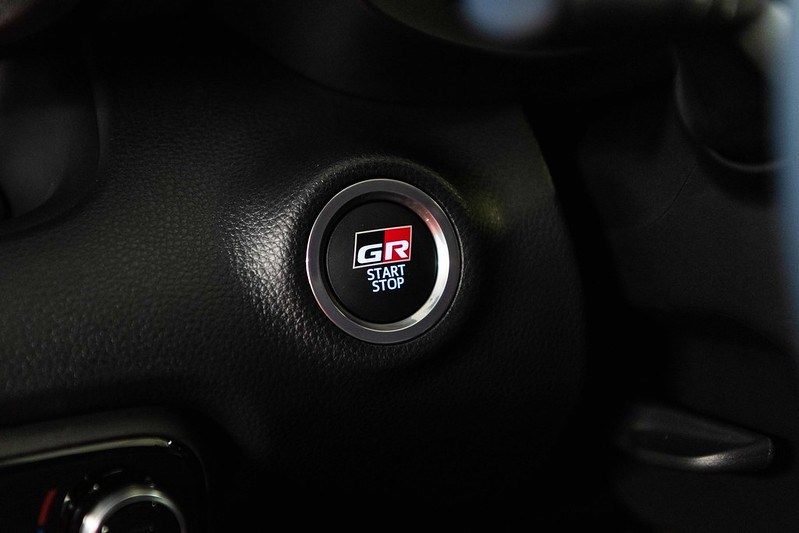
It’s a hoot from the time you hit the “GR” start button. The three-pot engine is torquey enough that you don’t have to wring it out all the time, but the enhanced soundtrack being piped into the cabin all the time gives you the “gruff and tough” aural character no matter what you’re doing.
The manual gearchange is slick but not especially short-throw; however, the gearlever has been moved forward closer to the driver to make for a more, ahem, engaging experience. And you can push the “iMT” button to get proper rev-matched downshifts. Just like a Hilux!
The hyperactive puppy (because they have really big feet, right?) character applies equally to the chassis. Yes, you can drive smoothly and flow from corner to corner; the car is quick and grippy enough to make astonishing A-to-B progress and you can even set the AWD system to a 50/50 split to keep things beautifully balanced.
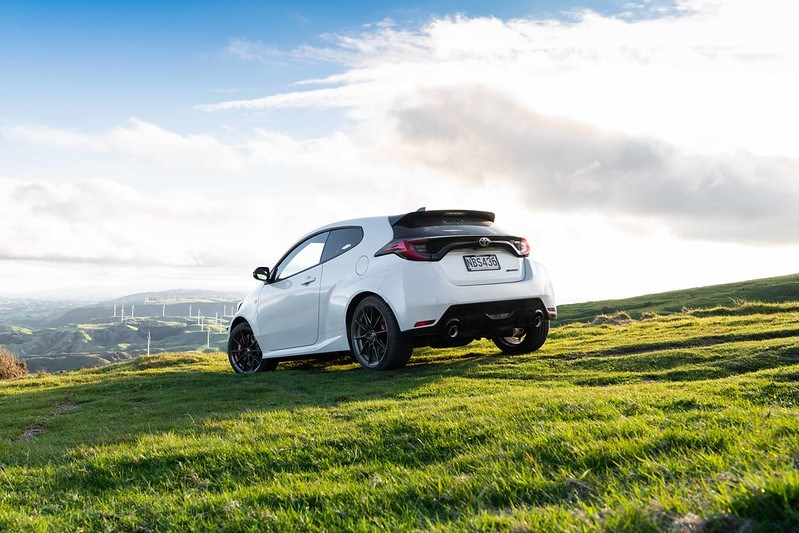
But you don’t really want to do that and you get the feeling the car doesn’t either. The quick steering, short wheelbase and naughty Sport mode (70 per cent of torque to the rear) make this such a chuckable machine. There’s a lot of mechanical grip, but never at the expense of seat-of-your-pants feel. It feels feral on a superficial level, but in reality it’s fantastically well-sorted.
So if you’ve come for the traditional hot-hatch virtues of comfort and practicality with a little powertrain spice, you’ve come to the wrong place. If you want a truly special performance machine that’s closer to the WRC experience than any other production car currently on the market, this might be the one.
The GR Yaris is one of DRIVEN’s standout drives of 2021. Yep, I know it’s only January. But I reckon I’ll still be saying that in December.
TOYOTA GR YARIS
ENGINE: 1.6-litre turbo-petrol three cylinder
POWER: 200kW/370Nm
GEARBOX: 6-speed manual, AWD
ECONOMY: 7.6l/100km
PRICE: $54,990

